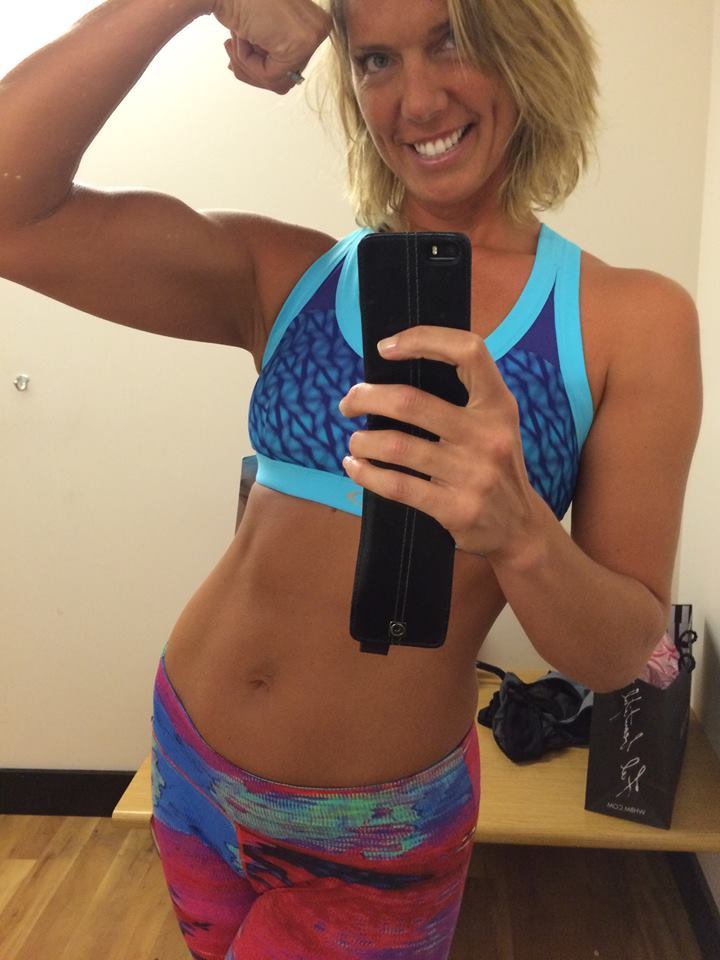HOW TO MOVE
Do it in threes

"Any workout has three variables: weights, intensity, and volume," Hood says. To keep your body guessing, focus on one variable per workout: Increase the weight but lower the number of reps one day; lower your standard weight but add a set the next; use your standard weight but do more reps faster on another.
Don't give up on the pullup
Pullups, which strengthen the lats, biceps, middle back, and shoulders, are an effective upper-body exercise. Can't squeeze one out? Hood suggests doing plank pulls: Lie with your chest under a weight bar set to knee height on a squatting rack. Grab the bar with an overhand grip and, keeping your body in one line, bend your elbows and pull your chest toward the bar. Lower back to start; do 10 reps.
Row your boat
Before you strength train, spend 10 minutes on a rowing machine to get blood flowing to all the muscles and joints in your body. "It's better than a treadmill or a stationary bike because it engages your upper body and core, not just your legs," Hood says.
Short-circuit your routine
Blast fat with a circuit that includes strength training and cardio: Do a set of push-ups, jump rope for a minute, do a set of squats, jump rope again; continue to alternate strength and cardio. "You're building muscle while keeping your heart rate high," Hood says.
HOW TO MUNCH
Minimize refined carbs
Out: most breads, cookies, chocolate, white rice, nearly every cereal, honey, and anything with corn syrup or sugar. "As soon as you swallow a refined carb, it starts to spike your blood sugar, which produces excess insulin, a hormone that can be responsible for holding on to fat stores," Hood says.
Eat five times a day
That means three meals and two snacks: one between breakfast and lunch, and one between lunch and dinner. "You'll have a steady stream of energy; plus, less food more often isn't as taxing on your digestive system as three big meals," explains Hood, adding that five daily feedings stabilizes your blood sugar, so you won't have crazy mood swings or hunger pangs.
Up your protein
Hood suggests a Zone-inspired diet--a balance of protein, complex carbs, and fat in every meal and snack--to protect against insulin overload. The benefit of high-quality protein, like chicken, turkey, and low-fat Greek yogurt: It contains amino acids, which help muscles recover after workouts.
Limit your liquids
Ditch juices, vanilla lattes, and sodas--all have unneeded sugar and calories. "You drink for three reasons," Hood says: "If you're thirsty, drink water. If you need stimulation, drink black coffee. If you want to take the edge off, choose a vodka martini or a similar non-mixed, simple drink. In other words, no mojitos."


 Theresa started modeling in her senior year of high school and since then she’ve been on and off. The past year she has made the decision that modeling will be something more then just a hobby. She's very outgoing and hard working.
Theresa started modeling in her senior year of high school and since then she’ve been on and off. The past year she has made the decision that modeling will be something more then just a hobby. She's very outgoing and hard working. 










